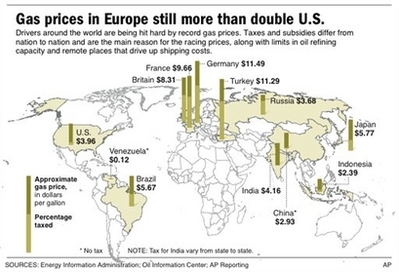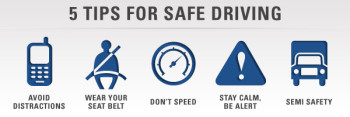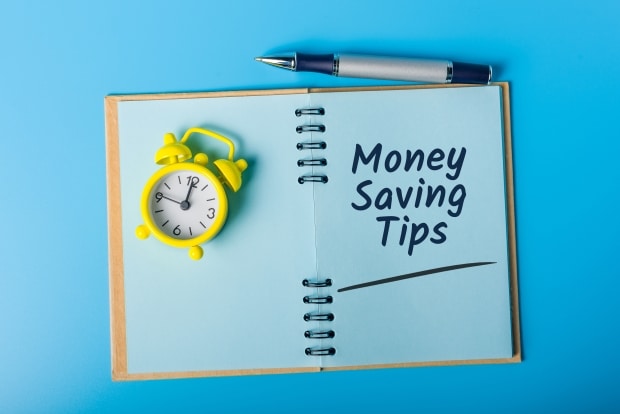Full Tank, Empty Wallet? How to Cut Your Petrol Costs
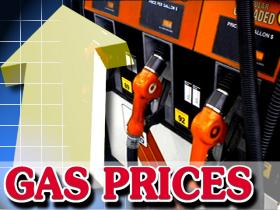
Even though petrol and diesel costs have finally started to come down in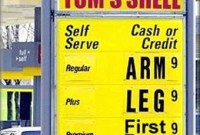
Information from Petrolprices.com reveals the average price of a liter of unleaded petrol in the UK increased from 87.3p per liter ($5.51 per gallon) in January 2007 to 137.7p ($8.69 per gallon) in September 2013 – a whopping increase of 57 percent.
The Office for National Statistics shared figures demonstrating UK drivers spend an average of £1,892.80 (approx. $3174.41) a year on their vehicles including fuel, servicing and repairs.
Don’t despair. There are actually several things you can do to save on filling up your car. In fact, depending upon your driving habits you could actually reduce your fuel costs by almost £800 (approx. $1342) a year.
Yet there are many ways you can drive down (pun fully intended) how much you have to spend on filling up your tank. Read on for some top tips and a rough guide to how much you could save.
1. Shop Around for the Cheapest Petrol Prices
This is one case where being a cheapskate can really pay off. Fuel prices can vary even among filling stations close in proximity to each other.
When you need to fill up it’s wise to check Petrolprices.com (Gasbuddy.com or Gaspricewatch.com in the US) to see who’s selling petrol the cheapest in your area.
The site can even email you a list of the five cheapest filling stations in your vicinity – complete with current petrol and diesel prices at each location. Now, that’s service.
2. Keep Your Car Well Maintained
Your car does a lot for you; you need to return the favor. You don’t have to 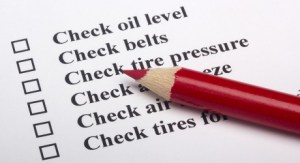
Doing this can save you both maintenance costs and fuel costs. For instance, under-inflated tires can increase your fuel bill by up to 3%. Also, an under-inflated tire will wear down more quickly which could really be dangerous.
3. Lighten Up!
Did you know that heavy loads can put a real damper on your mileage, reducing it by up to five miles per gallon?
It’s best to remove any unnecessary weight from your vehicle, such as roof racks when you’re not using them, extraneous items in your trunk or your mother-in-law. (I can’t believe I stooped to a mother-in-law joke; sorry about that.)
Also, ideally you should travel with a quarter to half-full fuel tank.
4. Be a Conscious, Careful Driver
Speeding can not only be dangerous but it can add to your fuel costs. In fact every extra 10 miles of speed per hour can cost you an extra 4p per mile, and that adds up pretty quickly. Driving in the correct gear, and changing gears at the correct point, will save fuel and put less strain on your engine.
Don’t let your engine idle unnecessarily, and avoid sudden braking and accelerating. As for air conditioning, realize it can add 10% to your fuel bill so don’t run it unnecessarily. On the other hand, don’t open the windows unless necessary for this adds drag to your car and uses more fuel.
5. Don’t Take Unnecessary Trips and Choose the Most Fuel-Efficient Routes
This may just seem like common sense, but many people are in the habit of just hopping into their cars on a whim, not realizing how much fuel they’re wasting. Mapping out the most efficient routes will save you time and money. Check for traffic conditions ahead of time if possible, and whenever possible try to avoid routes where you will have to switch gears frequently at low speeds.
6. Be on the Lookout for Supermarket Offers and Loyalty Card Schemes
It’s a buyer’s market as many stores and filling stations compete for your business. Stores such as Sainsbury’s, Tesco and Waitrose routinely run promotions where you can save 5p per litre of fuel if you spend a minimum amount in the store. Many other merchants have attractive fuel-saving promotions and loyalty card schemes; information about these promos and schemes can easily be found online or in the stores or stations themselves.
7. Pay for Your Fuel with a Cashback Credit Card
When paying for fuel use a cashback credit card wherever possible – 
These are just a few suggestions to lower your fuel costs. For much more information and links on this subject, check out this page on the Moneysaving Expert site:
http://www.moneysavingexpert.com/travel/cheaper-fuel
It just takes a little care and planning to ensure filling up your tank will never empty your wallet.

